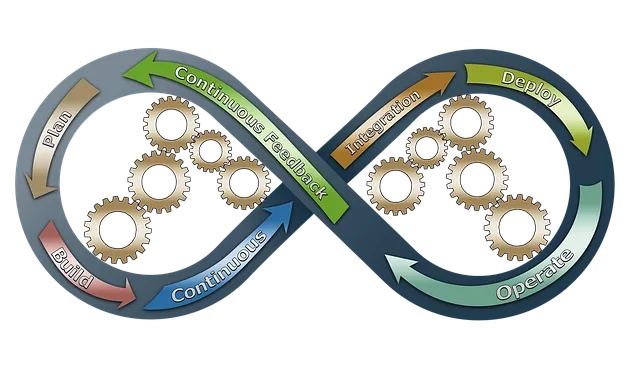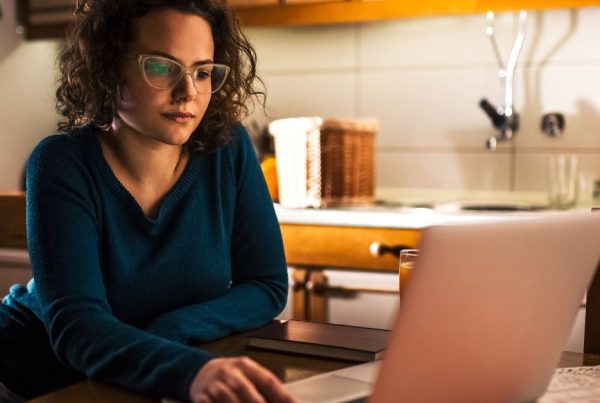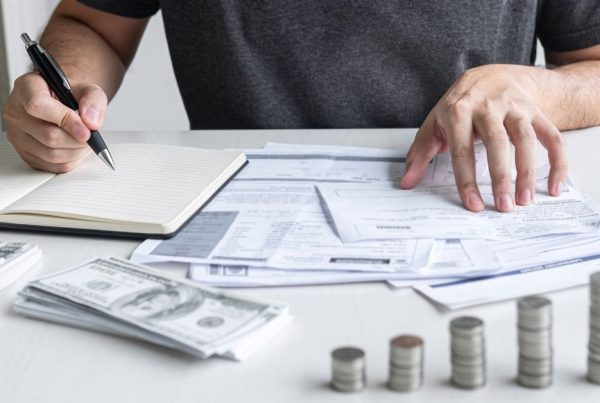
Sustainable Practices in Architecture: How Time-Tracking Tools Enhance Efficiency
In today’s architectural landscape, sustainability is more than just a buzzword—it’s an ethical imperative that shapes the future of our built environment. Small to medium architecture firms, driven by this ethos, are increasingly embracing sustainable practices including the use of green materials and sustainable design principles. Simultaneously, they are realizing the role of smart tools like Minute7, a time tracking and expense reporting solution, that contribute to sustainability by streamlining operations and reducing paper waste.
The Imperative of Sustainable Practices in Architecture
Sustainable practices in architecture are not only a moral obligation but a necessity for the future of our built environment. By employing these practices, architects have the power to significantly lower energy consumption, reduce carbon emissions, and minimize waste. This holistic approach to design positively impacts all phases of a building’s life-cycle, from construction to operation and maintenance, thus enhancing operational efficiency and creating healthy and productive environments.
The use of green materials is a key aspect of sustainable architecture. These materials, designed to reduce their environmental footprint, are durable, require less energy to produce, are locally available, and can be recycled or repurposed. Examples include bamboo, cork, Earth Materials (Adobe, Cob, Rammed Earth), Plant-Based Polyurethane Rigid Foam, Natural Clay or Lime-Based Plasters, Ferrock, or recycled materials such as metals, wood, glass, or concrete.
Furthermore, adopting sustainable design principles helps optimize site potential, minimize non-renewable energy consumption and waste, use environmentally preferable products, protect and conserve water, improve indoor air quality, and enhance operational and maintenance practices.
The impact of sustainable practices on firm reputation cannot be overstated. Firms that demonstrate a commitment to sustainability are viewed as forward-thinking and responsible, attracting clients and projects that value these principles. Conversely, practices that fail to prioritize long-term sustainability can face reputational damage.
In this context, digital tools like Minute7, which offer paperless time tracking and expense reporting, align perfectly with the sustainability ethos, reducing the environmental footprint of administrative tasks. This integration of sustainability in every aspect of operations could be the key to attracting potential customers who prioritize these values. To experience the benefits firsthand, sign up for a free trial of Minute7 today.
The Importance of Sustainability in Architecture
Sustainability in architecture is an ethical imperative, as it can significantly impact energy consumption and environmental resilience. Designing with sustainable practices means utilizing natural resources like sun, wind, and shade to light, heat, and cool spaces. It also means considering a building’s environmental, social, and economic impact on its surrounding area. This holistic approach to architectural design is not only beneficial for the environment but also enhances the operational efficiency and wellbeing of the occupants.
Another integral aspect of sustainability in architecture is the use of green materials. These materials are designed with an emphasis on reducing their environmental footprint throughout their lifecycle. They are durable, require less energy to produce, can be sourced locally, and can be recycled or repurposed. The incorporation of these materials in building designs is a considerable step towards sustainable architecture.
Modern architecture also incorporates sustainable design principles that aim to optimize site potential, minimize non-renewable energy consumption, use environmentally preferable products, protect water, improve indoor air quality, and enhance operational and maintenance practices. These principles are key to achieving the goal of sustainability in architecture.
Sustainable practices also have a significant impact on a firm’s reputation. Companies that prioritize sustainability are more likely to attract and retain customers and improve their overall reputation. A valid sustainable reputation not only benefits the planet but is also good for business. Research shows that a firm’s sustainability reputation influences consumer purchases, further underscoring the importance of sustainable practices in architecture.
In summary, sustainability is crucial in architecture due to its ethical, environmental, and economic implications. Implementing sustainable practices in your firm is easier than you think. Start by signing up for a free trial of Minute7 and experience how our platform can contribute to your firm’s sustainability goals.
Implementing Sustainable Practices in Small to Medium Architecture Firms
Small to medium-sized architecture firms often face a unique set of challenges in implementing sustainable practices. Financial constraints, human perceptions, and weak legislation can hinder the transition towards sustainability. These firms may also struggle with limited access to knowledge, resources, and information, hindering their ability to fully embrace sustainable practices. However, their agility and adaptability can provide an advantage in overcoming these challenges.
Despite these obstacles, numerous practical steps can be taken towards sustainability. These include optimizing a building’s orientation for passive heating and ventilation, integrating renewable energy sources such as solar or wind power, implementing advanced water and waste management systems, sourcing green building materials from environmentally responsible manufacturers, and utilizing native landscaping to reduce water consumption.
Digital tools are revolutionizing the architectural landscape by providing a streamlined platform for sustainability considerations. Companies that strategically prioritize digital technologies tend to be more efficient in their resource use, leading to lower costs and reduced environmental impact.
Minute7, with its time tracking and expense reporting capabilities, can be an invaluable tool in this journey towards sustainability. By digitizing these processes, it reduces the need for paper-based time tracking and expense reporting, thereby contributing to resource efficiency. Additionally, it offers a platform that allows employees and contractors to enter time and expenses from various devices, contributing to operational efficiency.
While the shift towards sustainable practices may seem daunting, it is made easier by tools like Minute7 that support efficient, digital operations. To see how Minute7 can support your firm’s sustainability goals, sign up for a free trial.
Embracing Sustainability with Minute7
The importance of sustainable practices in architecture cannot be underscored enough. A commitment to sustainability is not just an ethical imperative, but a strategic move that can significantly enhance a firm’s reputation. The use of green materials and sustainable design principles, coupled with a holistic approach to building design, can create healthier, more efficient buildings and environments.
However, sustainability in architecture is not confined to the design process alone. It extends to all aspects of operations, including the administrative tasks that often get overlooked. This is where digital tools like Minute7 play a crucial role. By offering a paperless solution for time tracking and expense reporting, Minute7 contributes significantly to the sustainability ethos of a firm. It reduces the environmental footprint of administrative tasks, aligns perfectly with the sustainability goals of a firm, and demonstrates a commitment to sustainability in all aspects of operations.
Aside from being environmentally friendly, Minute7 also offers practical benefits. It streamlines operations, increases efficiency, and allows employees and contractors to track their time and expenses from various devices. By doing so, it not only supports the sustainability goals of a firm but also its operational efficiency and productivity.
In conclusion, embracing sustainable practices in architecture requires a multi-faceted approach and the integration of digital tools like Minute7 is a significant part of this strategy. While the road to sustainability may pose challenges, remember it’s a journey worth embarking on for the betterment of our built environment and the future of our planet.
To take the first step towards making your firm more sustainable, sign up for a free trial of Minute7 today and experience firsthand how our platform can support your sustainability goals.



